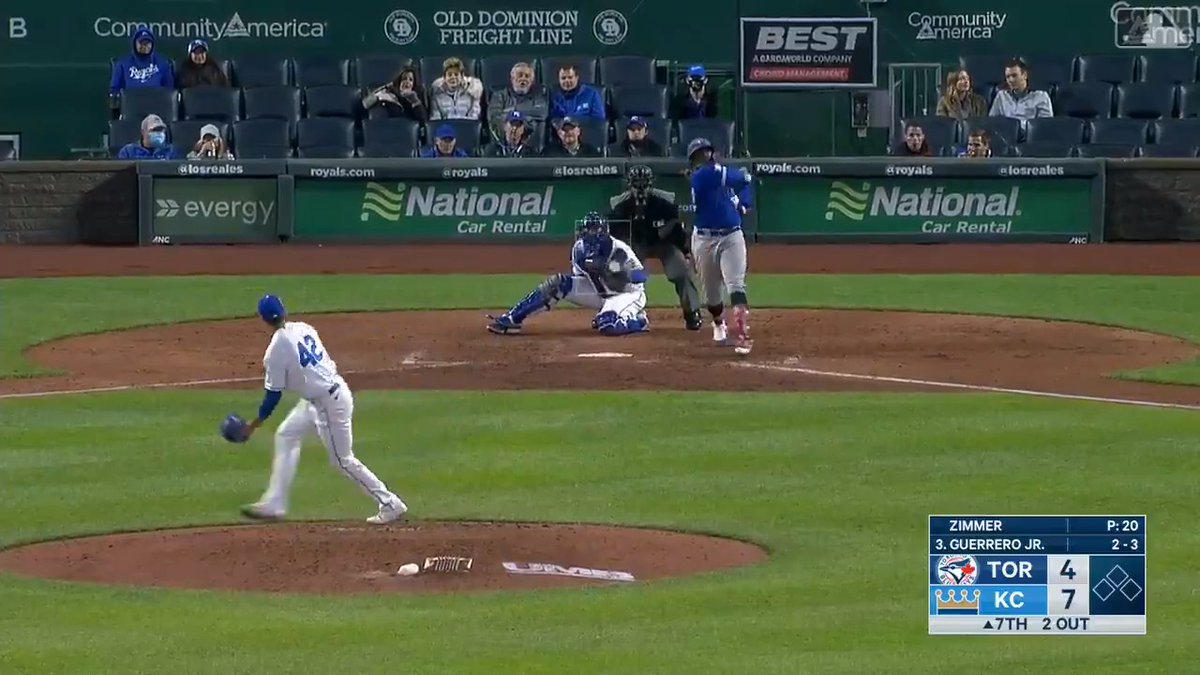Ryan Weathers Helps Padres Dodge Some Gloom
When the Padres stockpiled starting pitching and mapped out their season, they probably didn’t count on Ryan Weathers playing the stopper. Yet in a rotation with a former Cy Young winner, a four-time All-Star, and the author of the season’s first no-hitter, it was the 21-year-old southpaw — the majors’ youngest starting pitcher — who helped the Pad Squad turn the page on a 2-7 slide, a three-game losing streak, and some sobering injury news with 5.2 innings of one-hit shutout ball against the Dodgers at Chavez Ravine on Thursday night, part of a 3-2 win.
Making just the second start of his career, and matched up against Walker Buehler for the second time in six days, Weathers kept the Dodgers off balance with an effectively wild four-seam fastball/slider combo, mixing in the occasional sinker and changeup. While his low-spin four-seamer averaged a comparatively modest 93.7 mph and topped out at 95.9 mph, its exceptional horizontal movement helped him rack up 15 called strikes and four whiffs for a 41% CSW on that pitch, and an overall 33% CSW for the night.
Weathers threw 39 pitches in the first two innings, walking leadoff hitter Mookie Betts and plunking Max Muncy to start the second, but striking out Corey Seager, Sheldon Neuse, and Luke Raley along the way. The lone hit he gave up a sharp single to Buehler to start the third inning, but he got his pitch count in order by using just eight pitches to retire Betts, Seager, and Turner to begin his second time through the order, kicking off a run of 11 straight Dodgers he retired before departing in the sixth with a 2-0 lead. Read the rest of this entry »
 Jay Jaffe
Jay Jaffe

